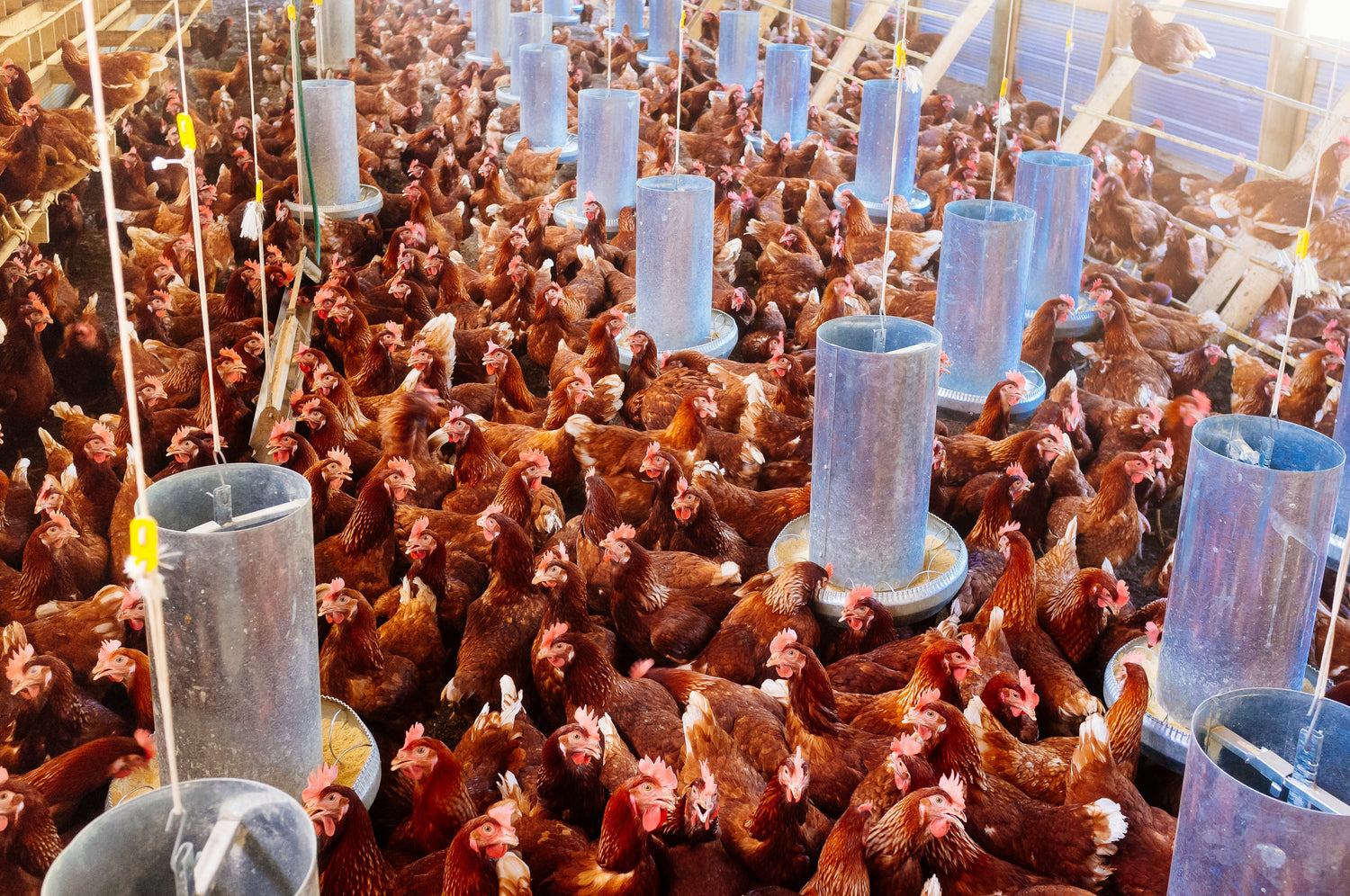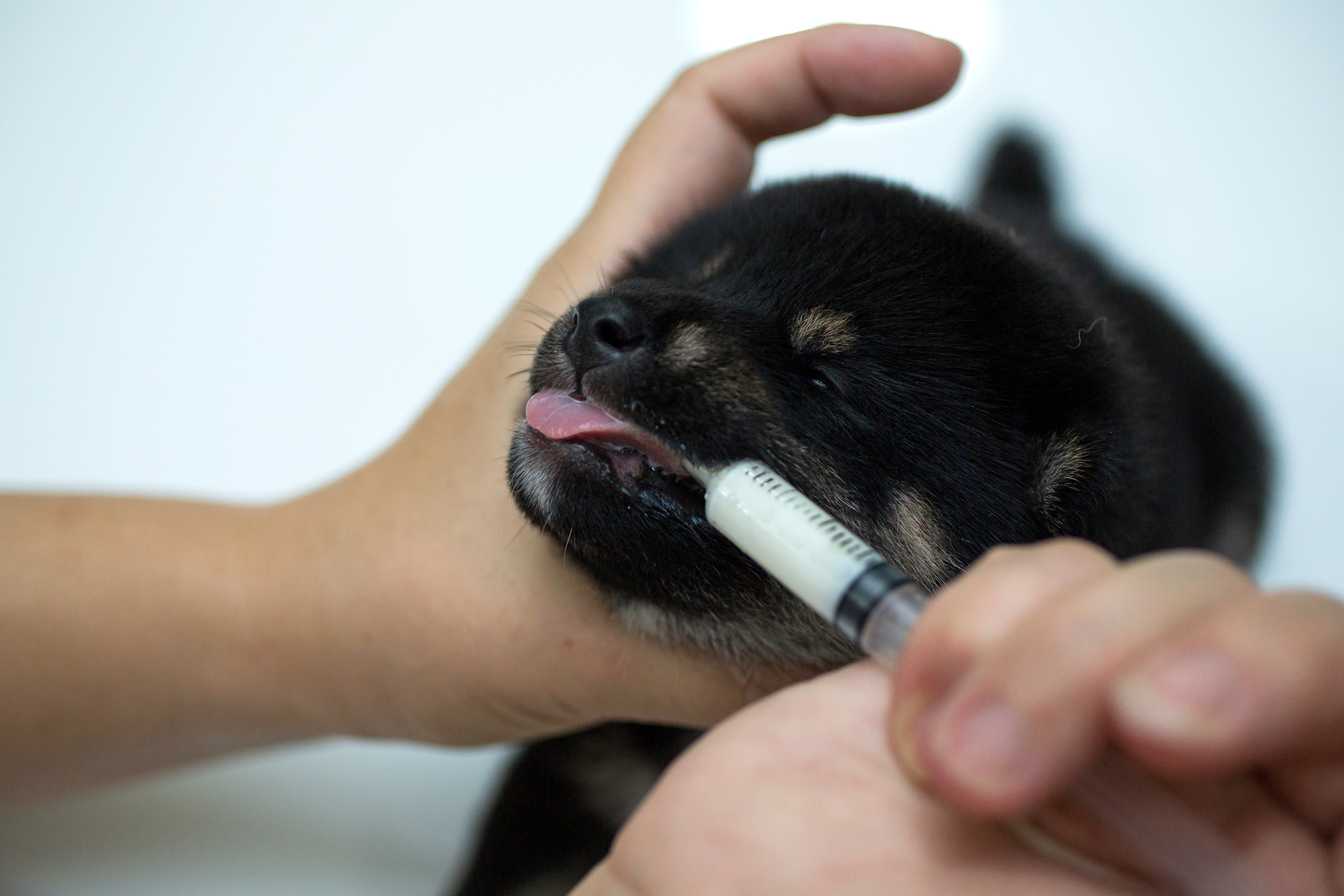As pet parents, we pour our love into our companions. From buying the coziest beds to choosing the tastiest treats, we leave no stone unturned to ensure their happiness. But how often do we pause and think: What exactly is going into their food bowls?
Behind the glossy labels and promises of “real meat” lies a darker truth—one that affects not just our pets, but also our health, our environment, and the animals being farmed. It’s time we address the uncomfortable reality of the meat industry—especially in the pet food sector—and why plant-based alternatives are not just better, but necessary.
1. The Dirty Secrets of the Meat Supply Chain
Industrial animal farming has been referred to as one of the most unsanitary and hazardous systems in modern agriculture. Whether it’s chickens in battery cages, pigs crammed into dark enclosures, or cattle injected with growth hormones, these facilities often function under minimal regulatory oversight—particularly in countries like India.
Here are the alarming risks:
- Disease Hotspots: Overcrowded and poorly ventilated farms are breeding grounds for zoonotic diseases such as avian flu, swine flu, salmonella, and leptospirosis.
- Toxic Carryovers: Meat from diseased animals often finds its way into pet food, especially when it’s labeled generically as “animal derivatives” or “meat by-products.”
- Antibiotic Overuse: A major part of antibiotics sold globally are used on livestock. These antibiotics pass into meat products, leading to antibiotic resistance in both humans and animals.
- Slaughterhouse Shortcuts: Many slaughterhouses operate without standard hygiene protocols, and waste disposal is often haphazard. Sick animals are often not screened or separated.
This hidden contamination cycle affects your pet in real, measurable ways.
2. The Real Cost to Your Pet’s Health

If your dog is constantly battling allergies, chronic ear infections, or unexplained digestive issues—take a closer look at the ingredient list of their meat-based food.
Why meat-based diets may be harming your pet:
- Low-Grade Meat: Many pet food brands use “4-D” meat (from dead, dying, diseased, or disabled animals).
- Digestive Distress: High meat and fat content can be hard on pets’ digestive systems—especially if they are sensitive breeds.
- Hormonal Disruption: Growth hormones and synthetic chemicals in livestock can interfere with your pet’s hormonal balance and immunity.
- Carcinogens in Processed Meats: Some kibble contains preservatives like BHA, BHT, or ethoxyquin, which have been flagged for potential cancer risks.
You may think you’re feeding them protein—but you could be serving them a toxic cocktail of chemicals and pathogens.
3. The Environmental Fallout of the Meat Industry
Let’s talk about scale. The meat industry is one of the largest contributors to:
- Greenhouse Gas Emissions: The FAO estimates that livestock farming accounts for 14.5% of global GHG emissions—more than all planes, trains, and cars combined.
- Water Waste: Producing 1 kg of chicken requires around 4,325 litres of water. Beef? Over 15,000 litres.
- Land Degradation: A majority of deforestation in the Amazon, and land degradation in Asia, is directly linked to cattle grazing and growing feed crops like soy.
-Waste Pollution: Livestock waste often leaches into rivers and groundwater, contaminating water supplies and affecting both wildlife and human health.
In India, the problem is magnified by unregulated animal farming and improper waste management.
So, when we feed our pets meat, we’re not just contributing to animal suffering—we’re accelerating the climate crisis.
4. A Global Wake-Up Call: Health Scares and Policy Shifts
From the outbreak of mad cow disease (BSE) in the UK to the avian influenza pandemic in Asia, the global meat supply chain has repeatedly been at the centre of public health disasters.
- Europe is investing heavily in alternative proteins and plant-based innovation.
- Canada and the U.S. now mandate stronger pet food transparency and labelling.
- In India, the shift is slower—but the urban population is becoming increasingly aware of ethical, health, and environmental concerns.
Still, most pet food manufacturers—especially budget brands—continue to use ingredients that don’t meet even minimal human-grade standards.
5. Why Plant-Based Pet Food is the Future
Contrary to the myth that dogs “need meat,” modern veterinary science proves that dogs are omnivores. With the right formulation, plant-based diets can offer complete, balanced, and delicious nutrition.
Benefits of switching to including plant-based pet food, supplements and meal toppers:
- Zero Hormones or Antibiotics
- Easily Digestible Proteins (from lentils, chickpeas, pumpkin, oats, and peas)
- Reduces the Risk of Allergies and Gut Issues
- Supports Cognitive Health & Longevity
- Significantly Lower Carbon Pawprint
At Paws for Greens, we make every treat, and bowl with human-grade, cruelty-free, vet-approved ingredients—free from nasties and made with love for the planet.
The Power of Informed Pet Parenting

We often say our pets are family. But it’s time we feed them like family too—consciously, safely, and compassionately.
Your pet doesn’t need to consume suffering to thrive. In fact, they can flourish on diets that honour life, not take it.
Final Thoughts: Change Begins in the Bowl
The meat industry—riddled with disease, pollution, and cruelty—has long escaped scrutiny when it comes to pet food. But the truth is out. The health of your pet, the wellbeing of animals, and the survival of our planet are all deeply connected.
By choosing sustainable, plant-based pet food, you’re not just feeding your dog—you’re casting a vote for a better world.
Let’s raise healthier pets, lower emissions, and build a future where compassion is more than a choice—it’s the default.
It’s not just what’s in the bowl. It’s what it stands for.




Leave a comment
This site is protected by hCaptcha and the hCaptcha Privacy Policy and Terms of Service apply.